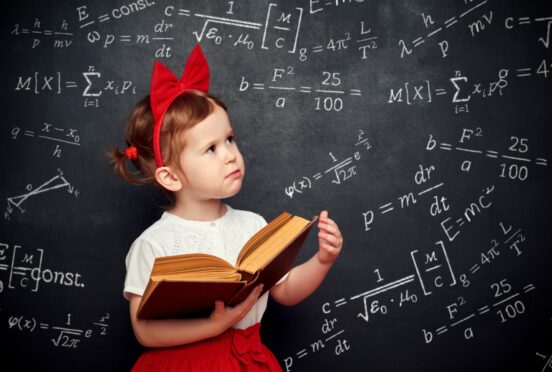
In our modern world of super-computers, for all things calculation, machines reign supreme – but, according to mathematician Junaid Mubeen, the human brain still triumphs over technology. He tells Alice Hinds the Honest Truth about mankind’s mathematical superpowers.
What can playing chess tell us about the human brain’s abilities versus a machine’s?
Contrary to what many artificial intelligence (AI) practitioners once believed, mastering chess doesn’t signify computers have attained human levels of intelligence. It turns out computers can out-perform humans via brute-force methods that rely on searching through a hard-coded database of moves, and they can also learn from experience, producing elegant moves that can wow humans.
Who was “the Approximate Man” and what does he tell us about the innate ability to estimate?
It’s the name given to a former sales representative, who suffered a lesion in the rear of his left hemisphere following a brain haemorrhage. Despite some alarming gaps in his arithmetic (he thought 2 + 2 is 3 and he could no longer distinguish odd numbers from even numbers), he retained some ability to estimate. For example, he knew that a quarter of an hour is around 10 minutes – not precise, but pretty close. This suggests that the brain has two different ways of processing numbers; in terms of precision and estimation.
We can learn to calculate more precisely but also have computers at hand when we need exact figures. The more natural, and more practical, skill for humans is our ability to gauge whether a given answer is within the correct order of magnitude – whether it is plausible.
If we had evolved with eight fingers, would our counting and grouping system use eight rather than 10?
Almost certainly. I would no longer be 37 years of age – in this octanary system I would be 45 (4 lots of 8 and 5 units). Our decimal number system is a biological happenstance related to the convenience of having 10 digits on our fingers to keep track of quantities in groups of 10.
Why does the Department for Education’s 2020 algorithm to predict exam results prove machines aren’t always fair and equitable?
When the algorithm was inspected, it turned out to be rather crude, forging its predictions based on a small handful of factors such as the historical performance of the school attended by each student. The algorithm, by design, penalised students who bucked historical trends in their school. It was also shown to give preferential treatment to schools with small class sizes, which correspond to private institutions. Computers very often project our own human biases.
What is the ant’s “circular mill”? And why does it explain the need for collaboration, rather than just brain power, in mathematics?
Naturalists found instances of huge armies of ants that simply move around in large circles repeatedly until they drop dead.
This “circular mill” arises when ants become separated from their colonies, at which point they obey the simplest rule: follow the ant in front. The collective output of humans likewise depends on how we co-ordinate our shared activities. In maths, the most difficult problems demand multiple perspectives and tight co-ordination between different types of thinkers. Our collaborative dynamics are more important than our individual brain power when tackling our hardest problems.
What is the most interesting fact you learned while researching the book?
Babies as young as a few weeks old show some grasp of numbers. In particular, they can distinguish small quantities from one another and intuit basic calculations like 1 + 1 = 2. However, they hit a perceptual limit at around four objects and, for larger amounts, rely on approximation. This tells us a great deal about our natural orientation towards number – in particular, it may explain why calculation doesn’t feel very natural at times… Because it isn’t!
Mathematical Intelligence: What We Have That Machines Don’t, Profile Books, out on Thursday

Enjoy the convenience of having The Sunday Post delivered as a digital ePaper straight to your smartphone, tablet or computer.
Subscribe for only £5.49 a month and enjoy all the benefits of the printed paper as a digital replica.
Subscribe